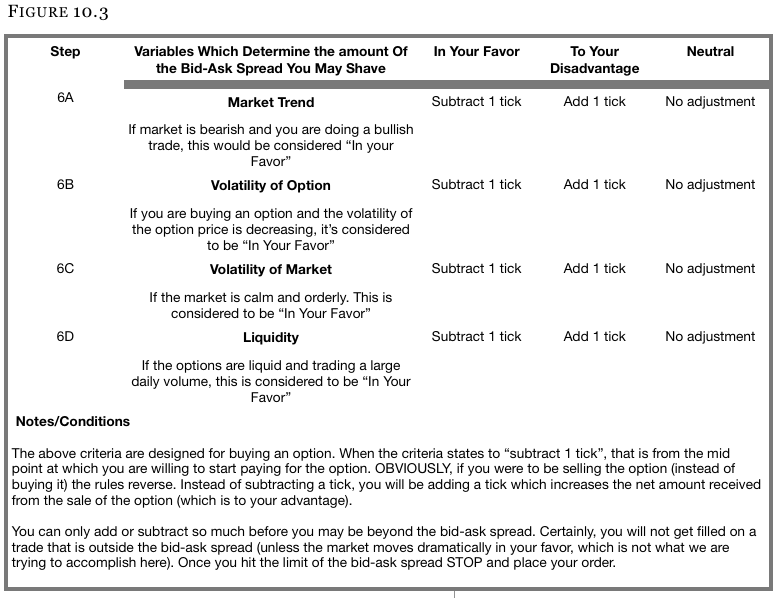Adjusting Collar Trade 24option Binary Options Trading
Post on: 1 Июль, 2015 No Comment

Adjusting Collar Trade
Rate this post
Market volatility in the stocks and binary options market is nothing uncommon. Many traders fear trading in momentum stocks because of the higher risk of the stock tanking in case of a market downturn. Instead of avoiding a good opportunity to profit from these stocks, you can use a collar trade to mitigate the risk. A collar trade is a binary options trading strategy that offers the trader low-cost downside protection when trading risky stocks. The flipside, however, is that the trader must give up some potential profit to use this tool. A trader can, however, adjust the standard collar. By adjusting collar trade, you can increase the potential gain by a factor of about 4.
If you own stocks, you can buy a put and sell a call to offset the cost of the put. This is a standard collar. A collar is a conservative low-risk and low-return strategy since the long put caps the risk below its strike price while the short call minimizes the potential gain above the strike price. In the event that both options expire in the same month, the collar trade will minimize the risk thus allowing you to hold volatile stocks. The downside of using a standard collar is that it restricts the potential gain to just 6%-8%, which leaves money on the table in bullish times.
Its possible, however, to modify a standard collar trade to boost your potential profit by selling calls that expire 60-90 days after the long puts. This strategy leaves your position uncovered for a short time, but works well with stocks that are fundamentally strong.
Collar Trade Example
Take a hypothetical case where a trader buys 100 shares of stock at $50 on Nov 15. To create a standard collar, the trader can buy a put that will expire in 60-90 days with a strike ATM (at-the-money) or slightly OTM (out-of-the-money). The trader should now sell an OTM call in the same month of November. For instance, if the trader bought a 47.5 put option of the stock in January for $2.50, and sold a 52.5 call option in the same month for $2.60, the trade offer offers a spread of $0.10 because the trader received more money by selling the call option then he spent buying the put option.
If the stock now drops below $47.50, the traders loss will be capped at $2.40, translating into a 4.8% loss. On the flipside, if the stock moves up to $52.50, his gains are restricted to $2.60, equating to a 5.2% gain. The long put gives the trader the right to sell the stock at $47.50 regardless of how low it falls. On the flipside, the short call obligates the trader to sell the stock at $52.50 no matter how high it rises.
The return-to-risk ratio of this trade is only 1.08, which is quite low. The trader can, however, increase the potential returns of the standard collar by selling a call at a later date.
Twisting the Collar Trade
One way to twist the collar trade is to sell your call options 60-90 days further out after selling your put options. This approach offers the trader just as much protection as a standard collar, but lets him enjoy much higher potential returns in the range of 25%-30%, about four times as much as a standard collar.
By adjusting collar trade, the trader can substantially increase their potential gains. The trader should look for fairly volatile stocks of companies with sound fundamentals to offer him downside protection during the time when they wont be covered.














